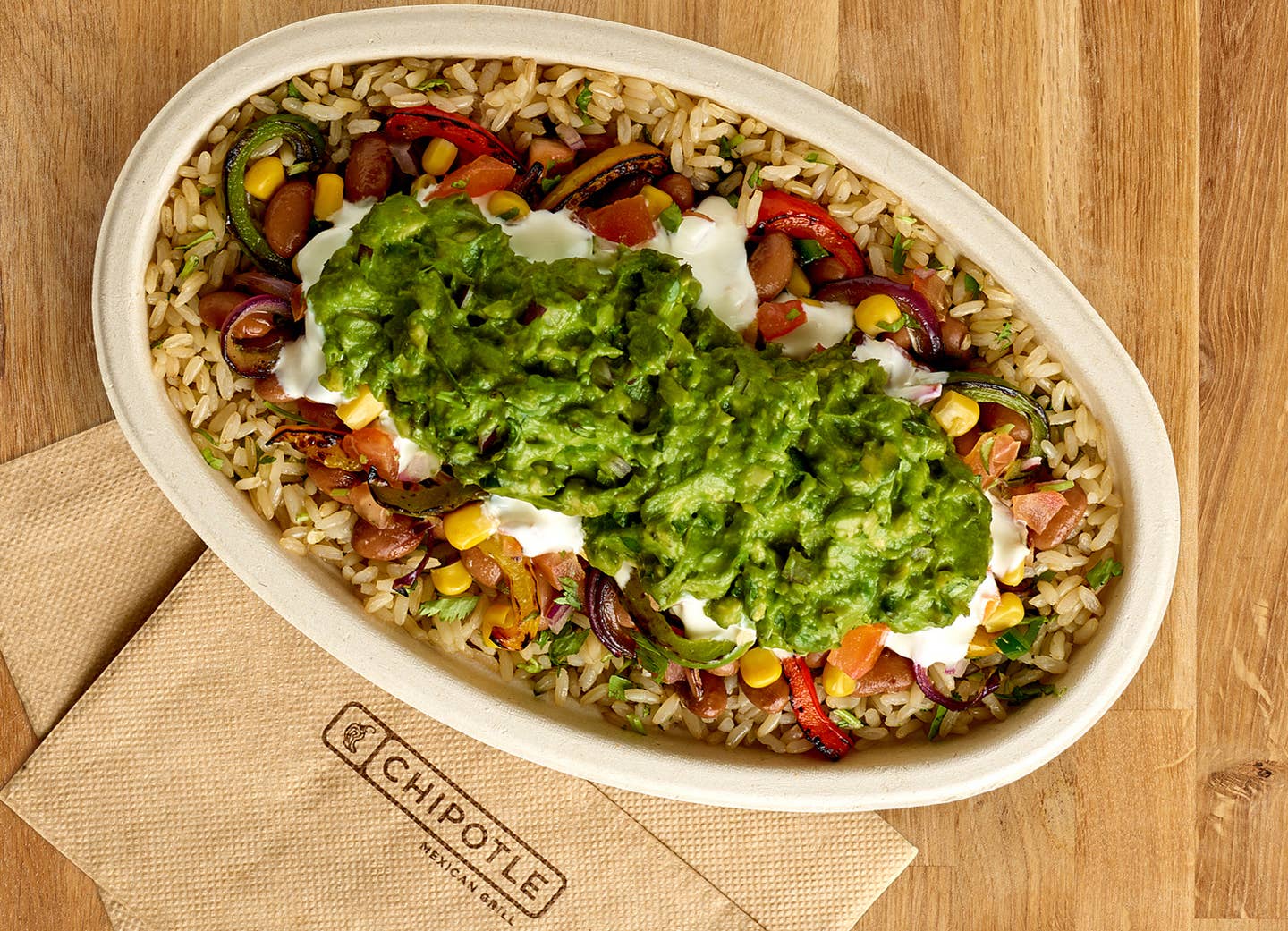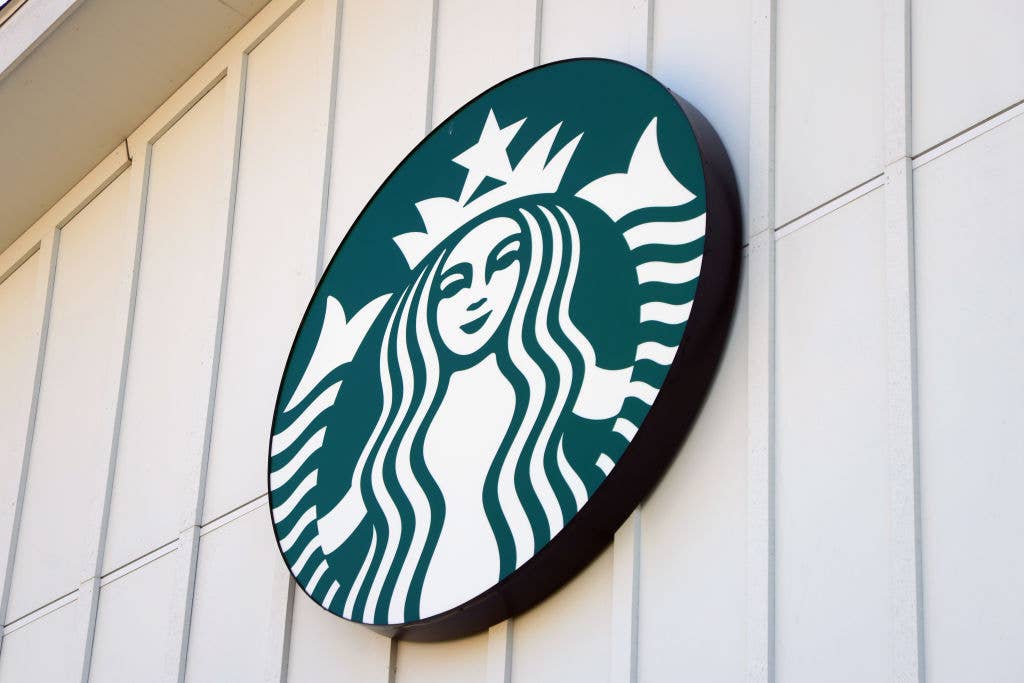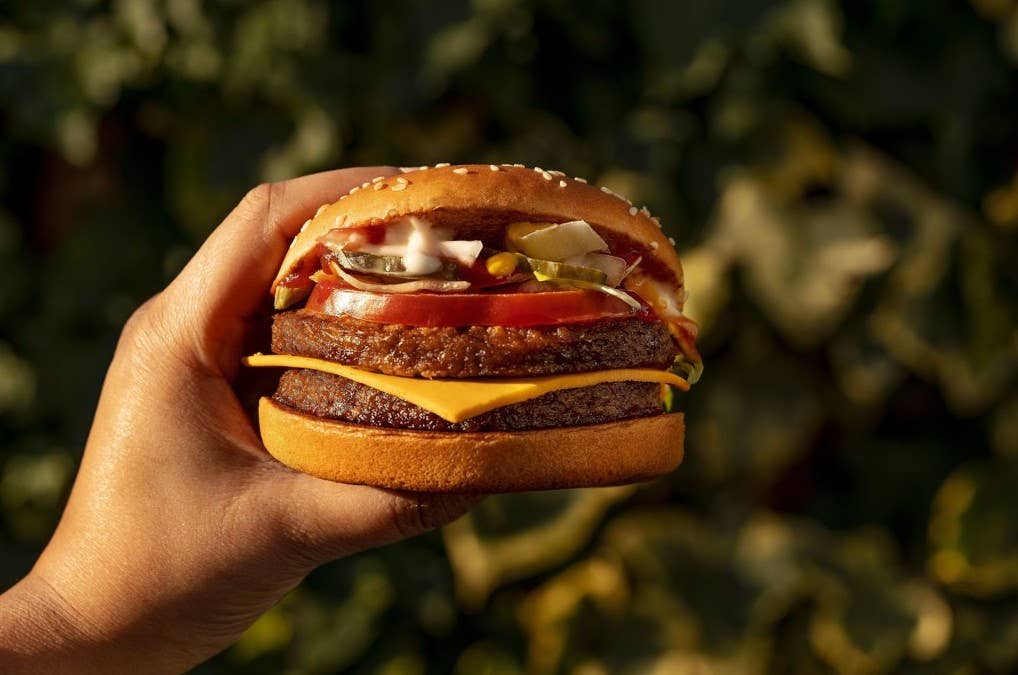
Brazil is Serving 10 Million Plant-Based Meals to Students. Why Not the US?
American school lunches have a reputation that is neither appetizing nor healthy. Between sugary fruit cups and “mystery” meat, the cafeteria rarely ensures a healthy meal. But outside of the United States, Brazil is prioritizing sustainable, nutrition-packed student lunches. In the Brazilian municipality of Salvador, the school system will provide 170,000 students with sustainable, healthy meals with plenty of plant-based foods.
Partnering with Humane Society International and Conscious Eating Brazil, Salvador’s municipal government just announced that it plans to provide more than 10 million sustainable meals to students per year. The government announced that the new menus have been developed to appeal to students' needs, tastes, and familial food traditions. The sustainable meals will highlight nutrient-packed ingredients including grains, fruits, legumes, and vegetables.
“The idea is to instill and create long-term changes in students’ eating habits,” Salvador's Municipal Secretary of Education Marcelo Oliveira said in a statement. “Today in Brazil we know that children, mainly from the poorest strata of the population, which is the target public of the municipal school system, do not consume the recommended servings of fruit and vegetables, and protein sources are concentrated on products of animal origin.”
The participating schools will be able to incorporate the new plant-based meals at no extra cost. The partnering organizations announced their support for the educational facilities involved, providing additional nutritionists, chefs, and menu development professionals to help carry out the new initiative. The organization will also help conduct plant-based meal preparation training for the participating schools.
The plant-based meal program aims to set a new precedent for sustainable foods in Brazil. The collective organization revealed that the meal program will help save 75,000 tons of CO2 emissions, as well as 400 million liters of water, and prevent 16,000 hectares of forest from deforestation.
In recent years, vegan eating has rapidly caught the attention of Brazilians. The vegetarian population in Brazil nearly doubled over the last six years, according to research firm Ibope. The poll found that 30 million people (14 percent) Brazilians reported being either vegan or vegetarian in 2018. Despite Brazil’s meat-centric culinary culture, plant-based eating is becoming more popular than ever, and the plant-based meal program aims to introduce vegan foods to kids earlier in life.
“The objective is for municipal schools to easily include menu options with a greater variety of plant foods, such as fruits, vegetables, legumes, and cereals, which form the basis of a healthy diet, according to the recommendations from the Ministry of Health, through its Food Guide for the Brazilian Population, and the World Health Organization,” Manager of Food Policies at HSI in Brazil Thayana Oliveira said.
Sustainable School Lunches in the U.S.
Brazil’s sustainable school lunch program launches closely after the United Nations released its third IPCC report – warning the world that the time for climate action is now. Countries including Brazil and Denmark have pivoted to plant-based and sustainability programs as the climate crisis worsens. But within the United States, sustainable policies and actions move much slower.
Some bright spots within the U.S. still exist: New York City’s new mayor Eric Adams is promoting plant-based campaigns across the city including a vegan meal program. The NYC public school system launched “Vegan Fridays” this February, providing plant-based meals to all 1 million enrolled students. The initiative sets a new standard for American schools, providing free and accessible plant-based meals to more children than ever before. In California, some school districts including the Oakland Unified School District have started reducing meat and cheese options in favor of fresh produce and whole grains.
Last summer, MorningStar Farms joined the effort to provide students with healthier lunchers. The plant-based brand announced that it would provide its new Incogmeato burgers to 3,000 hospitals and schools around the United States. The effort will help increase the accessibility to plant-based foods for children – who, according to a recent study, are much less likely than adults to consider farm animals as food.
The Top 10 Plant-Based Sources of Calcium
1. Pinto Beans
Pinto beans have 78.7 milligrams in one cup so add these to any salad, dip or burrito.
2. Molasses
Molasses has 82 milligrams in 2 tablespoons. Use it in baking instead of sugar. Look for Blackstrap molasses, and keep in mind that these have been used in recipes for 100s of years, especially in the South. Molasses is also believed to help relieve stress and anxiety.
3. Tempeh
Tempeh has 96 milligrams of calcium in 100 grams when cooked. You can make chicken substitute from it.
4. Tofu
Tofu has about 104mg in one ounce when prepared pan-fried. Throw it in your stir fry, or order it at your next Chinese meal with veggies. It's the perfect non-meat protein. (Note look for the calcium quotient on the Nutrition Facts on the label.)
5. Bok Choy
Bok choy has 158 milligrams of calcium in one cup. Add it to your soup, stir fry or salad.
6. Soybeans
Soybeans have 175 milligrams of calcium per cup. Sprinkle them on a salad.
7. Kale
Kale has 177 milligrams in one cup. The heroic green makes a great salad, goes in smoothies and delivers a healthy dose of fiber as well.
8. Turnip Greens
Turnip greens have 197 milligrams in one cup. Add them to your favorite soup or smoothie.
10. Collard Greens
Collard greens have 268 milligrams of calcium in one cup. Substitute it for string beans.
10. Milk Alternatives
Alternate milks like almond, soy or rice milk have 300-500 milligrams of calcium in 8 ounces so use any of these on your cereal or in your morning smoothie.
More From The Beet






